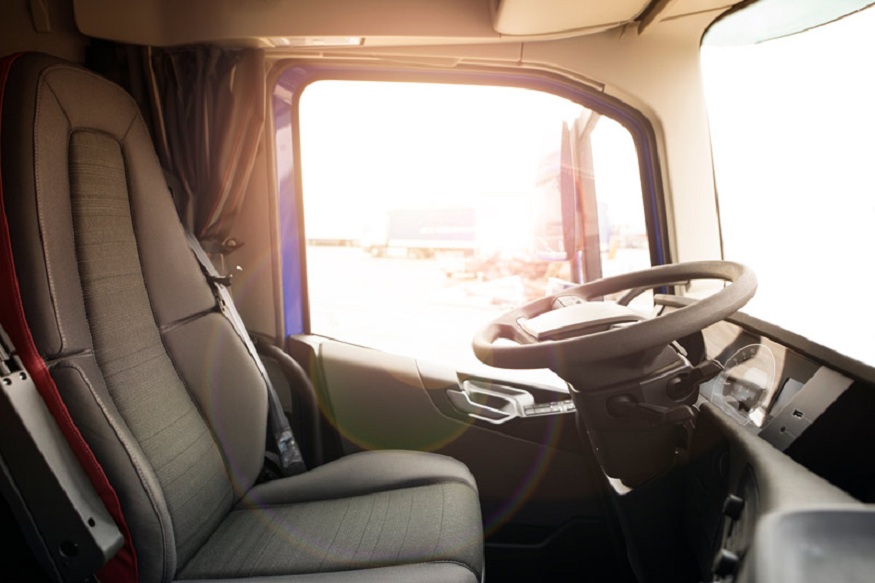In the realm of commercial vehicles, where drivers often spend countless hours behind the wheel, the importance of a supportive and comfortable seat cannot be overstated. Isringhausen, a name synonymous with innovation and ergonomic excellence in seating solutions, has long recognized this critical need. Their seats are not merely places to sit; they are meticulously engineered systems designed to adapt to the unique contours of each individual’s body, fostering optimal driving posture and mitigating the risks associated with prolonged sitting.
The Foundation: Understanding the Importance of Driving Posture
Before examining the specifics of Isringhausen seats design philosophy, it’s crucial to understand why optimal driving posture is so vital. Poor posture can lead to a cascade of physical ailments, ranging from immediate discomfort like back and neck pain, shoulder stiffness, and headaches, to more chronic issues such as sciatica, spinal degeneration, and circulatory problems. Furthermore, discomfort and fatigue can significantly impair a driver’s concentration, reaction time, and overall safety on the road.
An ideal driving posture typically involves:
- A straight spine: Maintaining the natural curves of the spine, avoiding slouching or excessive arching.
- Relaxed shoulders: Avoiding hunching or tension in the shoulder and neck area.
- Headrest alignment: Positioning the headrest to support the head and neck in case of a collision.
Isringhausen seats are designed with these principles at their core, offering a multitude of adjustable features that empower drivers to fine-tune their seating position to achieve this ideal alignment.
The Multi-Dimensional Adjustability: Tailoring the Seat to the Individual
The key to Isringhausen’s adaptability lies in the extensive range of adjustments incorporated into their seat designs. These adjustments go far beyond the basic forward and backward movement, offering a truly personalized seating experience.
- Height and Tilt Adjustment: Most Isringhausen seats feature pneumatic or mechanical height adjustment mechanisms, allowing drivers to raise or lower the seat to their preferred level for optimal visibility and leg positioning. Furthermore, the seat cushion often offers tilt adjustment, enabling drivers to find the most comfortable angle for their thighs and pelvis, promoting better weight distribution and reducing pressure points.
- Backrest Angle Adjustment: A crucial element for spinal support, the backrest angle can be precisely adjusted to accommodate individual preferences and the natural curvature of the spine. This allows drivers to find a position that provides adequate support without forcing them into an unnatural or uncomfortable posture.
- Lumbar Support Systems: Recognizing the critical role of the lumbar region in overall back health, Isringhausen integrates sophisticated lumbar support systems into their seats. These systems often feature inflatable air chambers or adjustable mechanical elements that can be precisely contoured to the individual’s lower back.
- Seat Cushion Depth and Angle Adjustment: For drivers with varying leg lengths, the ability to adjust the seat cushion depth is paramount. Isringhausen seats often offer extendable seat cushions, providing optimal thigh support and preventing pressure behind the knees, which can impede circulation.
- Shoulder Support Adjustment: Some advanced Isringhausen models incorporate adjustable shoulder support, allowing drivers to customize the lateral support in the upper back and shoulder region. This feature helps to maintain proper upper body alignment and reduces strain, particularly during long drives or on uneven terrain.
- Armrest Adjustment: Adjustable armrests play a significant role in reducing fatigue in the arms, shoulders, and neck. Isringhausen seats typically offer armrests that can be adjusted for height, angle, and even lateral position, allowing drivers to find a comfortable and supportive position for their arms while operating the vehicle.
In conclusion, Isringhausen seats are more than just places to sit; they are meticulously engineered ergonomic solutions designed to adapt to the unique needs of each individual driver. Through their extensive range of adjustments, thoughtful ergonomic design, and the use of high-quality materials, Isringhausen empowers drivers to achieve and maintain optimal driving posture. This commitment to driver well-being not only enhances comfort and reduces fatigue but also contributes to improved safety, productivity, and long-term health, making Isringhausen a leader in the pursuit of ergonomic excellence in the commercial vehicle industry.

